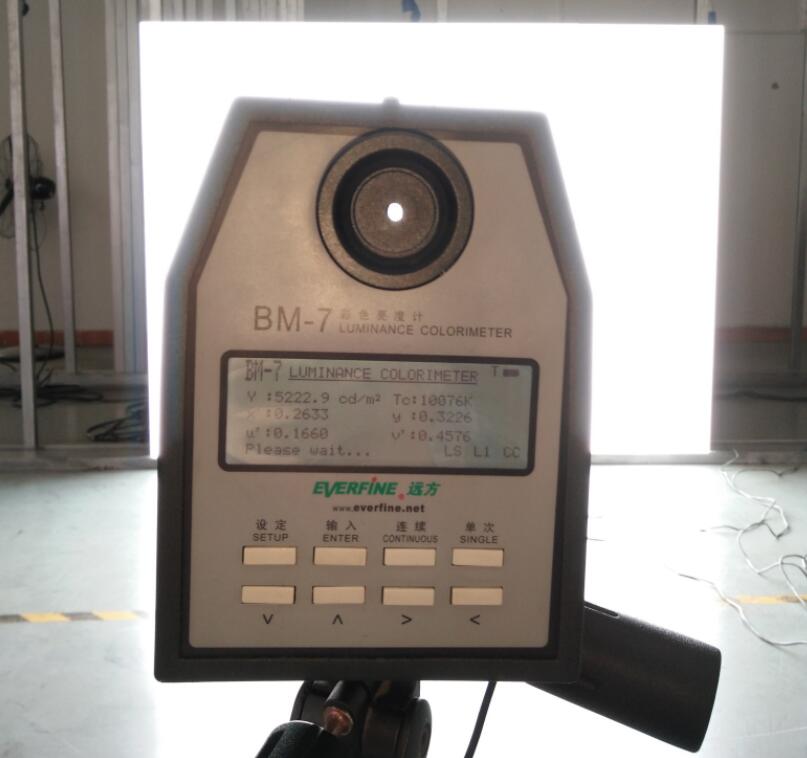Categories
- News (31)
- case study (6)
LED display brightness is an important factor that affects not only the specs of the LED display, but also affects the price of the LED display a lot.
In old times, limited to the LED chip material, LED chip size and the encapsulation technology, small pitch outdoor LED display below 6mm was impossible.
But now with the development of the above, it is possible to make small pitch high brightness outdoor LED displays even to 3mm.
This narrowed the gap between outdoor and indoor led displays pixel pitch.
and make outdoor HD LED dispalys possible.
But still one of the problem of such outdoor small pitch displays is the brightness.
Now the smallest LED lamp for outdoor dispalys is SMD1921.
Limited to the led lamp size and chip size, for instance, now the brightness of outdoor typical small pitch P3.91 now is only 5000-6000nits.
This brightness is ok for rental use, because commonly nobody will do events in the noon big sunshine.
But for outdoor fixed installation for advertising purpose, we have to consider the brightness seriously.
For common daylight use with sunshine, the brightness should be over 5000nits to have clear image. or we will see the blur content displayed.
This is easy to understand, for instance our cellphone screen brightness is only 200-1000ntis.
if you hold your cellphone and look at it in the sunshine, it is not clear.
So for outdoor led displays, brightness is a key factor.
The brightness of the LED display can be affected by many factors.
The scan rate, the LED chip brand, size, material, LED lamp type, viewing angle can all affect the brightness.
Scan rate and brightness is easy to understand, for instance you have 20 bulbs in one 20sqm room, if it is static scan, it means any time, the 20 bulbs are always turned on.
if 1/2 scan, it means half of the 20 bulbs are on any time
if 1/4 scan, it means 1/4 of the 20 bulbs are on any time.
Like this, as we can see, the bigger scan number(mathematically measured), the higher the brightness is.
So to increase the brightness, one way is to increase the scan number, for instance a typical outdoor P10 SMD3535 led display 1/2 scan can reach brightness 6000-7000nits.
but a P10 SMD3535 1/4 scan led display typical brightness is only 5500 nits Max.
Increase the scan rate means increase the quantity of driver IC, which means higher cost.
Another way to increase the brightness of the led display is to increase the current of the LED lamp. some companies use low price led lamp, and change the resistor parameter on the PCB to increase the current of the LED lamp to increase the brightness, this is a risky way. In the beginning the led display may look perfect, but after some time, the recession of the led lamp is evident, and it will reduce the life of the LED chip. The typical LED lamp current is below 20mA. this can be tested by electrical meters.
The led chip can also affect the brightness much, typical outdoor lamp is R:10 mil, G/B:12mil. If increase the chip size, the brightness can also be increased dramatically.
but since the LED chip takes a major cost percentage of the LED display, so most companies will not do it that way.
The other factor is the viewing angle, if the led light lumen is same, reducing the viewing angle can increase the brightness, that is why now most DIP type LED lamp brightness is still higher than SMD type led lamp, because the typical viewing angle for DIP type led display is H110/V70 degree, but SMD type is H120/V120 degree.
Smaller viewing angle can have higher brightness.
Above are the main factors that affect the led display brightness.
To test the led display brightness is easy by testing tool as below.

While testing the brightness, the led display should be turned totally white. that is why sometimes we also call it white balance brightness.
the brightness should be tested several times to have an average value.
also after using for three months or half a year, can test it again to see if the quality is good.
To test the brightness, the distance is suggested to over the minimum viewing distance of the related pixel pitch. For instance P3, test over 3m.